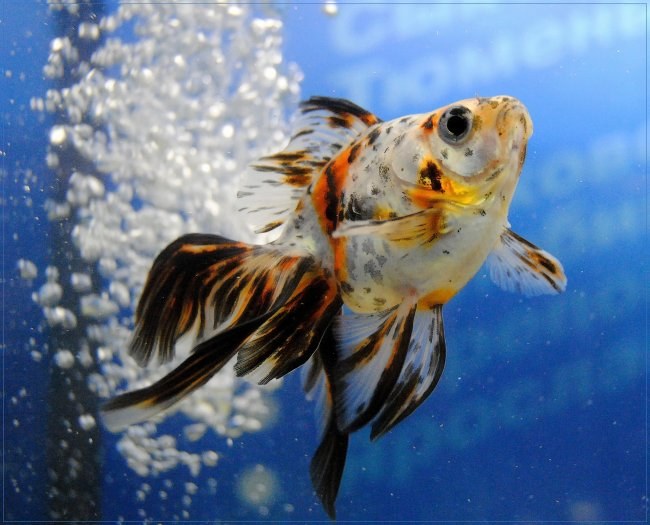Instruction
1
For breeding fish-cock pick up at least two fish: male and female. To determine the sex of the fish can be in comparison males are larger, they have a large tail, a rounded fin. They behave more aggressively, if you put them in front of a mirror, they begin to inflate the gills, reaching the reflection. Females behave more modestly and painted in paler shades, they always have a white spot on the abdomen. The difficulty lies in the fact that some males also have white spot, and some "chickens" are aggressive and can be very tacky "spouse."
2
Correctly match pairs are better than one, for example, the male and female of vualehvostki. To breed able fish younger than 3.5 months, but not too old. Before planning your spawning it is better to do them on different bodies of water for a week, and feed live food: bloodworms or koretra, it contains a lot of nutrients.
3
To determine pregnancy fish cock, just watch her. Actually, the eggs formed in the female constantly, so you cannot talk about the pregnancy as a temporary period. For the aquarist much more important is such a thing as readiness to spawning rooster. The abdomen is slightly increased, from the horizontal stripes become vertical and very clear. Individuals can have light Shine through the eggs through the abdomen. Changes behavior: females begin to inflate the gills, flirting and swimming near a male.
4
For breeding fry, prepare a separate tank, will fit a small reservoir of 15 litres. In it pour the settled water, install an aerator, light and heater (temperature 28 ° C). Fish will feel more secure if there will grow clumps of eel, the plants, hornwort. You can also place a small red snails that will clean the tank from unfertilized eggs and various parasites.
5
Please note, the main role in the structure of the nest plays the male cock. It builds on the surface of the water a nest of foam, and then pushes the female to the nest, presses on her abdomen and the eggs slide out. He then fertilizes them and puts in a nest. After "birth" the male begins to push the female from the nest — at this point it is better to transplant it in another body of water, she will no longer care for masonry. When the fry hatch and start swimming, it should also be transplant.
